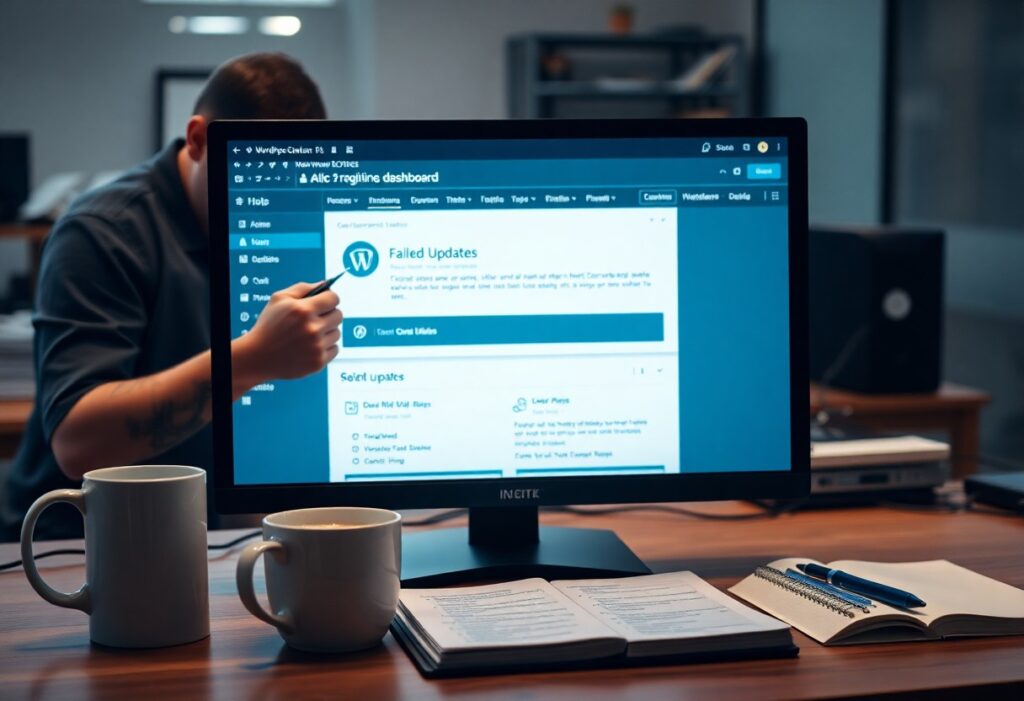Just like every digital platform, WordPress can present you with some frustrating errors that tend to resurface frequently. Addressing these recurring issues can keep your website running smoothly and improve user experience. This guide will walk you through expert techniques to fix these common WordPress errors.
First, identify the common issues that may arise. Among the most frequent errors is the White Screen of Death. This error can occur due to a plugin conflict, theme issues, or PHP memory exhaustion. To troubleshoot, access your WordPress directory using an FTP client or your hosting service’s file manager. Begin by disabling all your plugins; you can do this by renaming the plugins directory. Then, check if the issue persists. If not, rename the directory back and reactivate each plugin one at a time to find the culprit.
Another common error is the 404 Not Found message, which indicates that the page you are trying to access does not exist. This can happen if the permalink structure has changed or if the content has been deleted. To resolve this, navigate to your WordPress dashboard, click on Settings, and then Permalinks. Simply click ‘Save Changes’ without changing anything; this refreshes your permalink settings and often resolves the 404 error.
Issues with the Database Connection can also plague your site. This error can occur for various reasons, including incorrect database credentials or a corrupted database. Start by checking your wp-config.php file for your database name, username, password, and host. Ensure these details are correct. If the connection is valid, you may need to repair your database. To do this, add the following line of code to your wp-config.php file: define(‘WP_ALLOW_REPAIR’, true);. Afterward, visit https://yourwebsite.com/wp-admin/maint/repair.php to repair and optimize the database.
The 500 Internal Server Error is another annoying issue. This error can be triggered by a problem with your website’s .htaccess file or due to PHP timeout limits. Begin by renaming your .htaccess file to something like .htaccess_old. If your site loads after this, you know your .htaccess file was the issue. You can create a new .htaccess file by navigating to Settings > Permalinks in your dashboard and clicking ‘Save Changes’. To address PHP limits, contact your hosting provider to increase these settings as necessary.
Lastly, keep in mind the importance of regular updates. Keeping your WordPress core, themes, and plugins updated minimizes the risk of encountering errors and security vulnerabilities. Set reminders or turn on automatic updates where possible. Regular backups are also a good practice; this ensures you can quickly revert to a previous state if errors do arise.
By implementing these expert techniques, you can significantly reduce the frequency of recurring WordPress errors on your site. This proactive approach allows you to maintain a seamless experience for your visitors and enhances the overall performance of your website.




